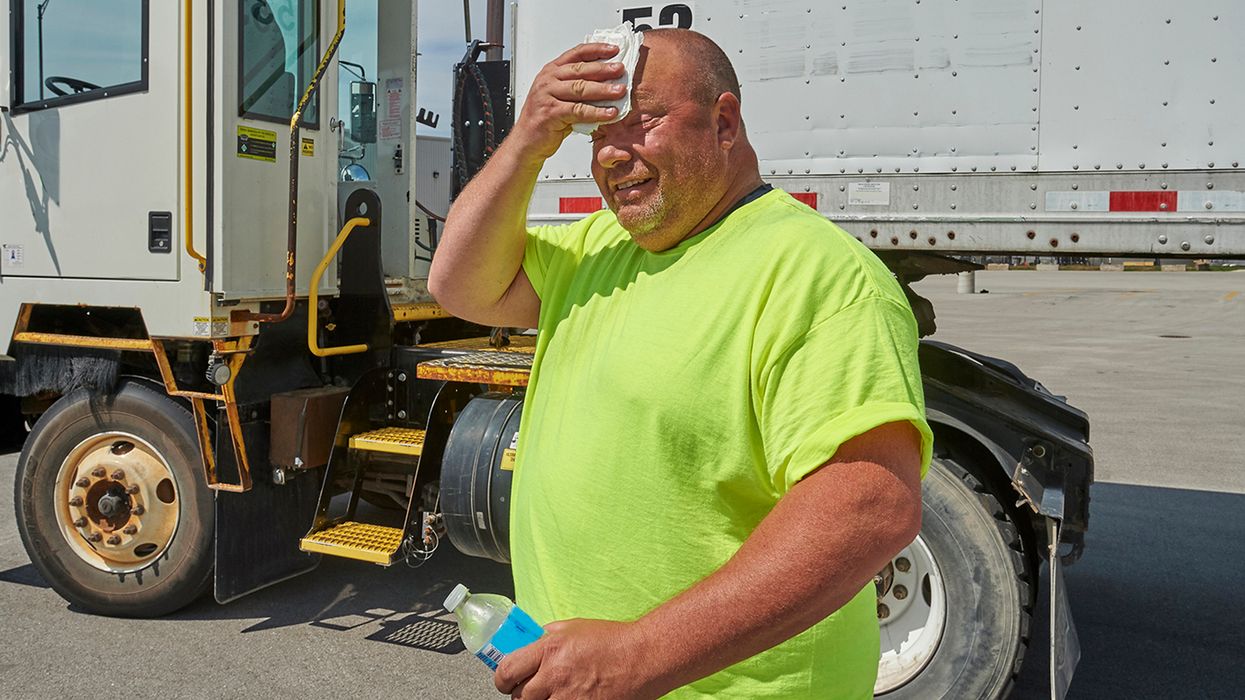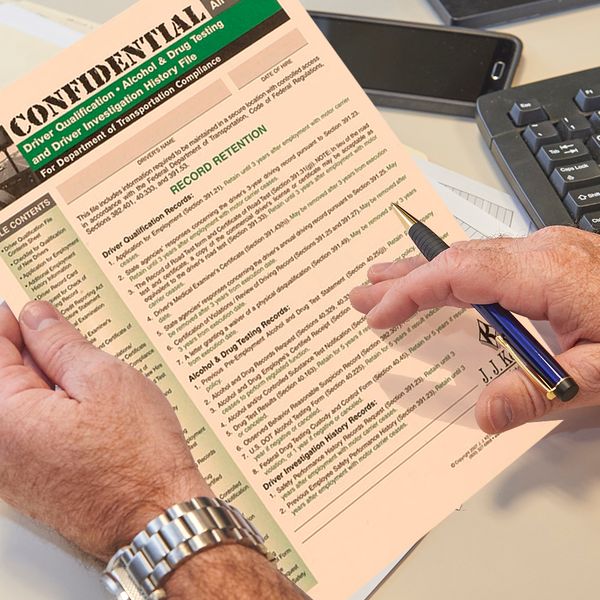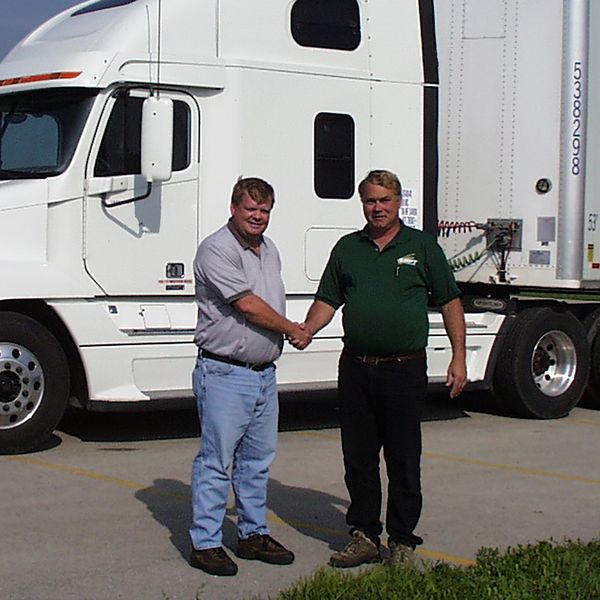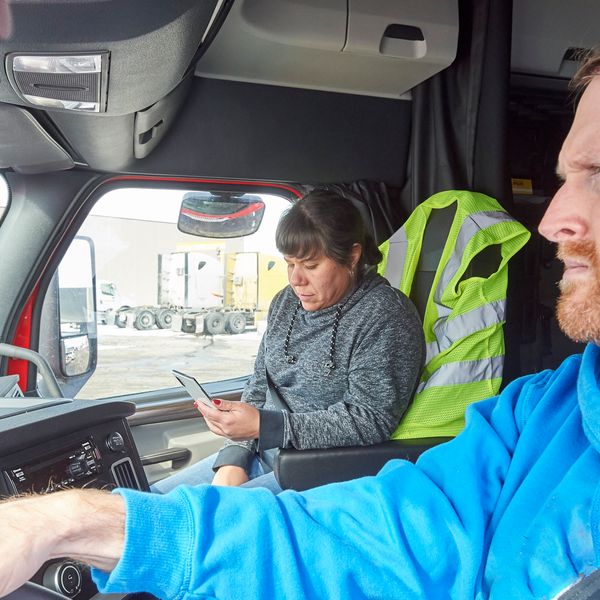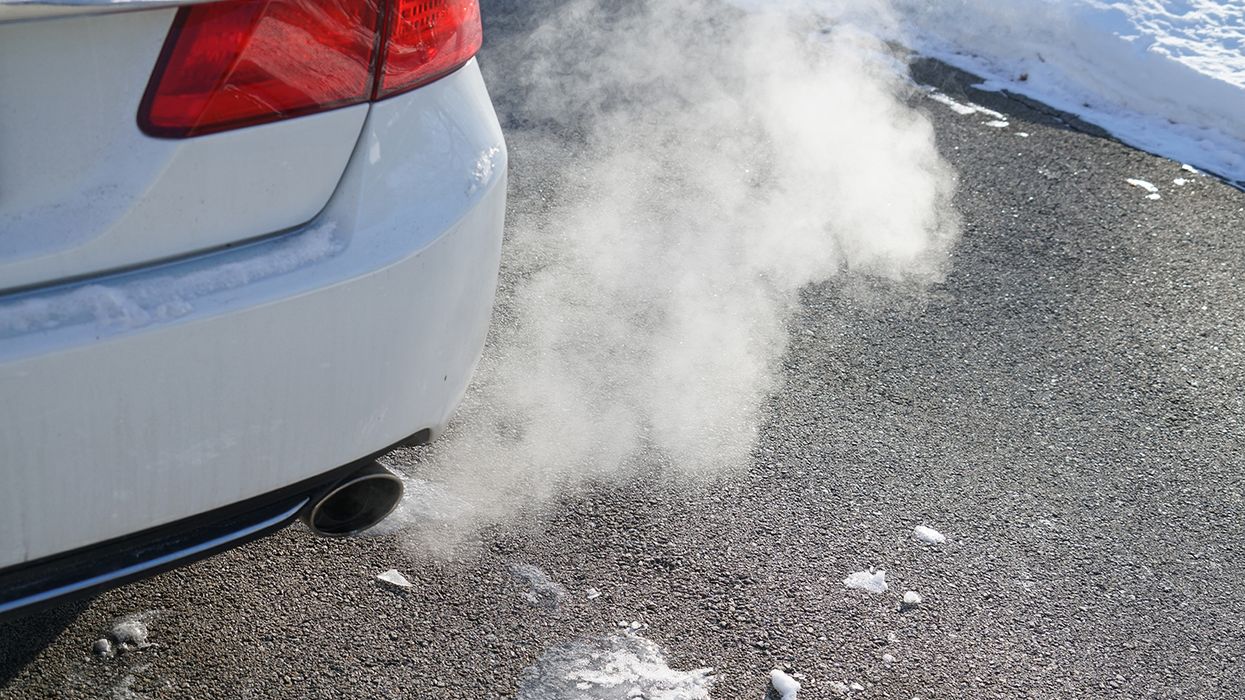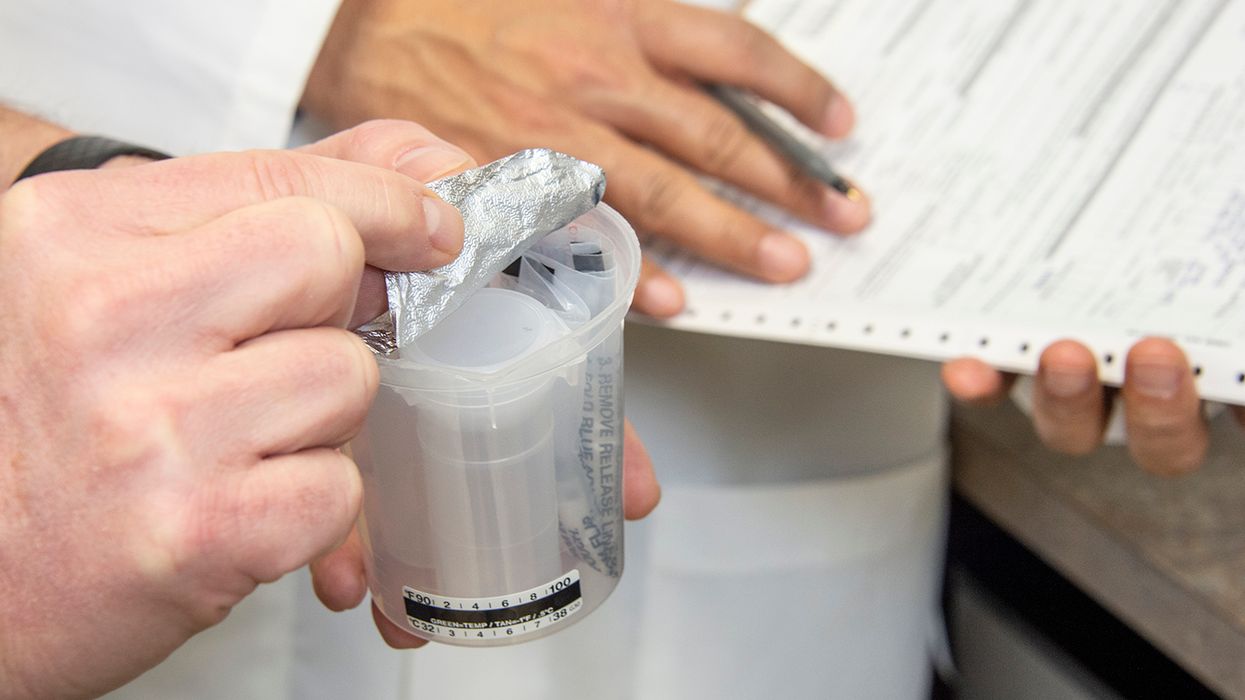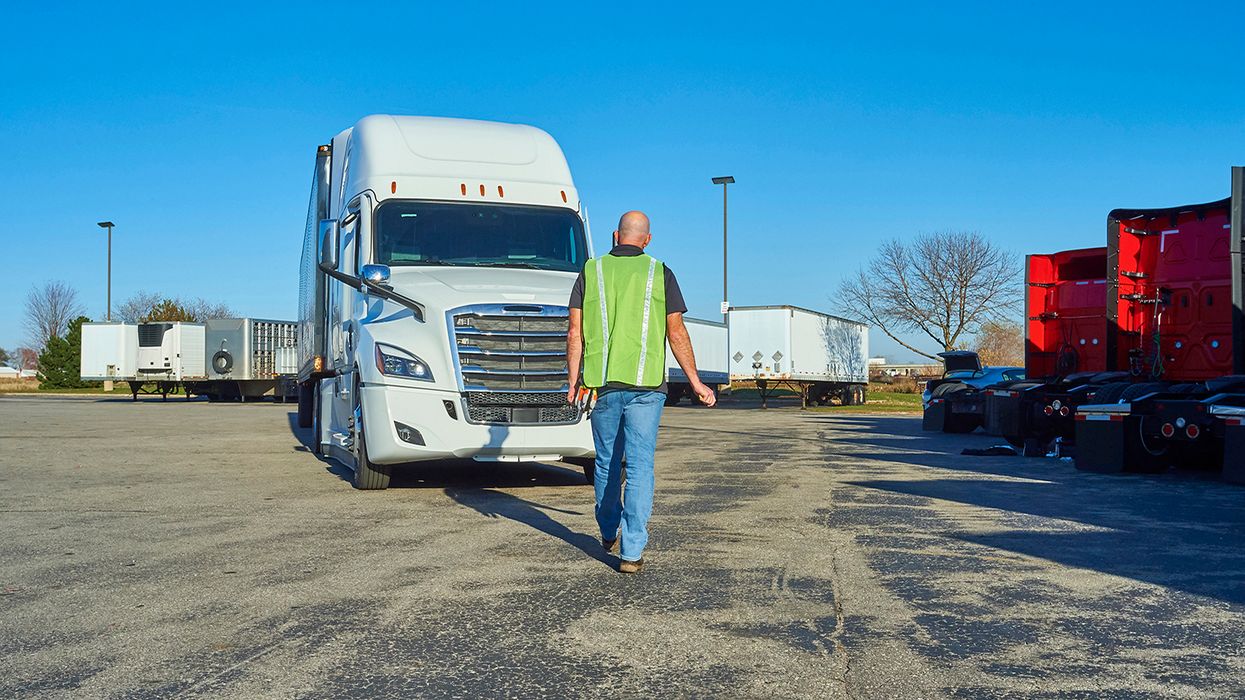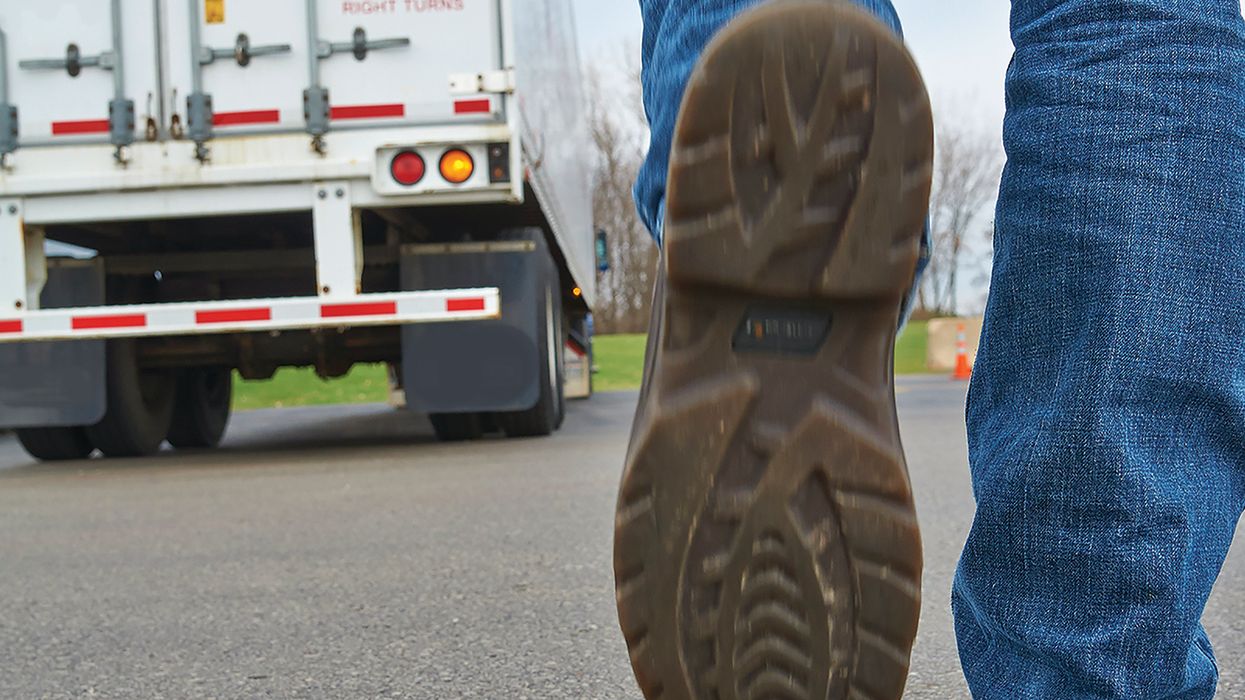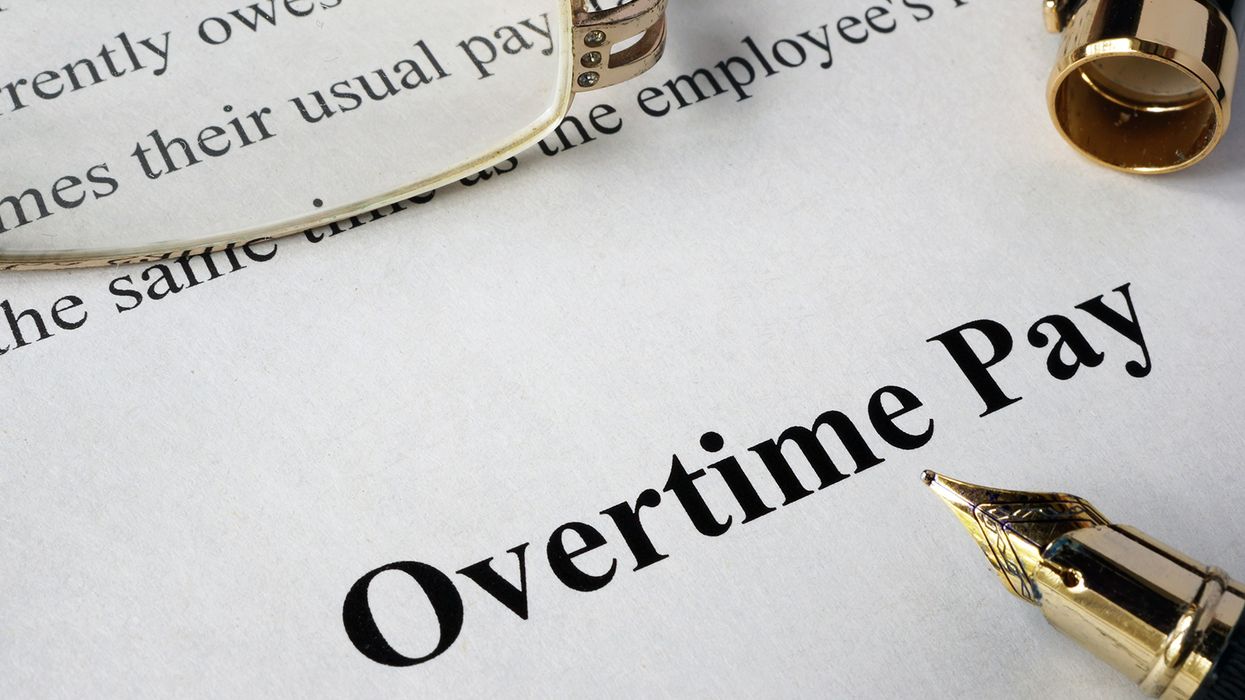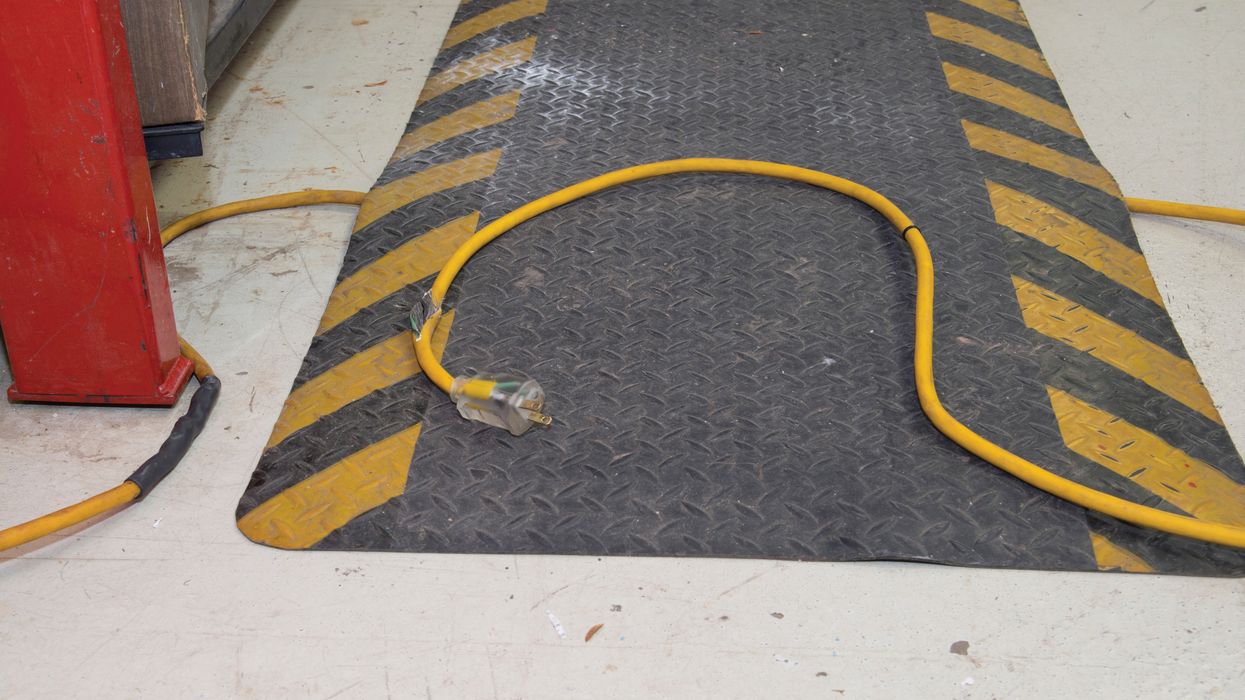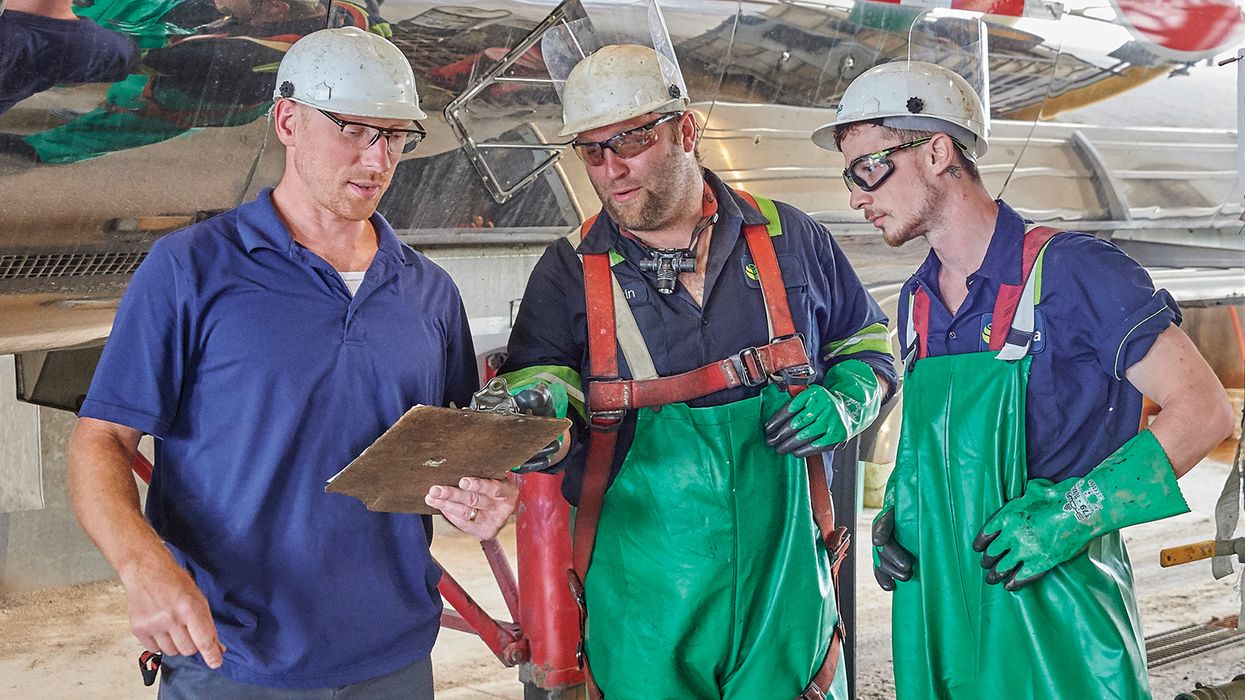Don’t get burnt onboarding drivers for the summer surge
Qualification steps when ramping up drivers for the summer surge depend on whether they are a new hire, a rehire, or are returning from a temporary layoff. To avoid being burnt by audit violations or negligent hiring claims in post-crash litigation, first answer the following three questions for each driver:
- Has the driver ever operated a commercial motor vehicle (CMV) for your company?
- If the driver is returning to work, was the employment relationship severed?
- Did the driver remain on the roster subject to recall?
Having answers to these questions will determine which qualification steps are appropriate.
1. Newly hired drivers
For drivers new to your company, build a driver’s qualification (DQ) file with the items required in 391.51 and the safety performance history (SPH) file in 391.53.
Commercial vehicle license (CDL) -vehicle drivers will need a pre-employment drug test and a clear Clearinghouse query, as well as the Department of Transportation (DOT) drug and alcohol policy which requires a signed receipt from the driver.
2. Drivers with a prior termination of employment
A returning driver, such as summer help from last year, is a rehire if they were not an employee during the break in employment.
The qualification process is nearly the same as for a new hire. A difference is that some valid documents in the old DQ file can be used, including:
- A valid medical card (Applies to drivers that operate a vehicle not requiring a CDL),
- Any SPH file information from employers in the past three years, and
- A road test certificate completed less than three years prior.
Create the following new items:
- DOT driver application;
- Motor vehicle reports (MVRs) from each state in which the driver held a license in the prior three years;
- SPH information from employers during the absence;
- For CDL vehicle drivers only:
- MVR with medical certification information;
- DOT pre-employment negative drug test result, unless the exception in 382.301(b) and (c) applies;
- Pre-employment drug screen question regarding failed tests per §40.25(j);
- Signed receipt from the driver for the latest drug and alcohol policy; and
- Pre-employment full Clearinghouse query (must not be in “Prohibited” status).
3. Drivers who were temporarily laid off
Suppose the driver was part of a temporary layoff, is still an employee, and remains in the DOT random pool (applies to CDL-vehicle drivers only). If so, check the following items and update those that are overdue before the driver operates a CMV, including:
- Annual MVR and review,
- Proof of medical certification (as noted above for CDL and non-CDL drivers respectively),
- Annual Clearinghouse query for a CDL driver if due (must not show “Prohibited”), and
- Negative random drug test result (if the CDL-vehicle driver was in the latest pull and returned before the end of the current testing cycle).
Best practices:
- Create an off-duty drug test notification policy for CDL drivers to be aware of a possible drug screen during a layoff (It will be a positive result if they refuse to go for the test).
- Document the layoff dates in the DQ file to make it easier to prove that the driver did not operate a CMV with missing or incomplete qualification documents.
Key to remember: Knowing the correct qualification steps when ramping up for seasonal surges is critical to avoid violations and negligence claims.

